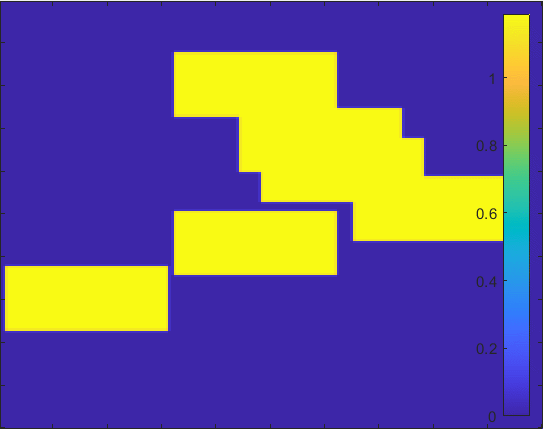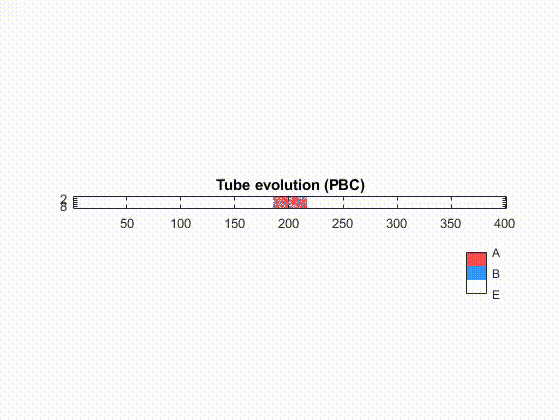Research Interests
My research spans statistical physics, celestial mechanics, and dynamical systems. I study the
statistical properties of complex and stochastic dynamical systems (e.g., epidemic and ecological models),
and N-body problems in celestial mechanics—stability of planetary systems, symmetry breaking,
and phase-transition-like phenomena. I’m also interested in connections between statistical physics
and computer/data science.
- Stochastic dynamics: spectra, mixing, universality, rare events
- Celestial mechanics: N-body stability, central configurations, symmetry
- Bridges: statistical physics × algorithms / data science





